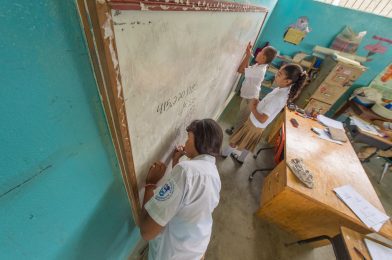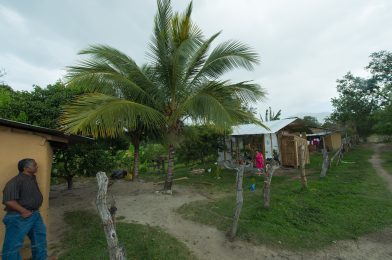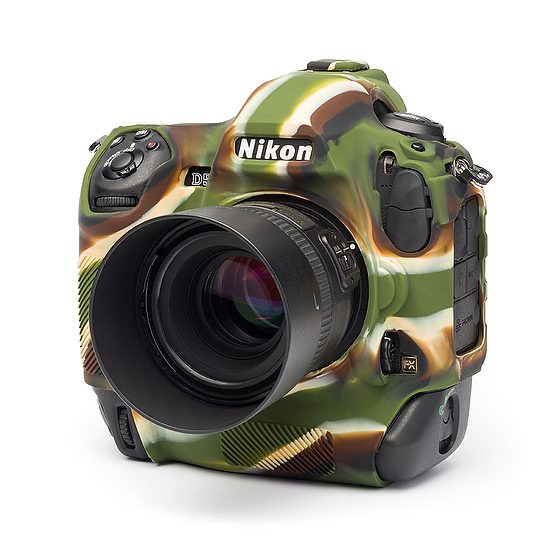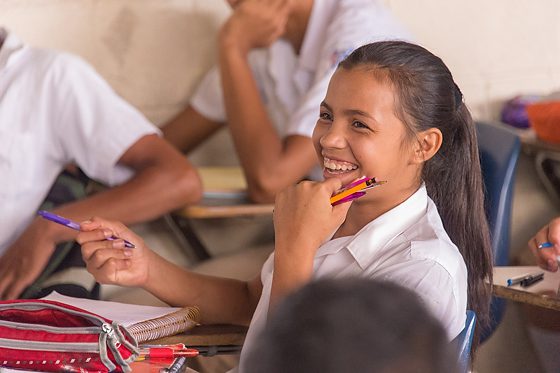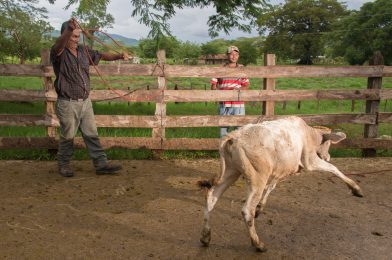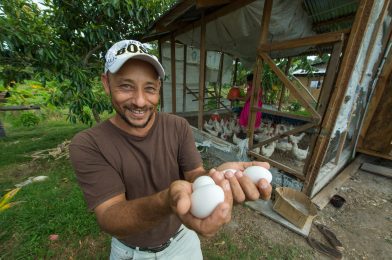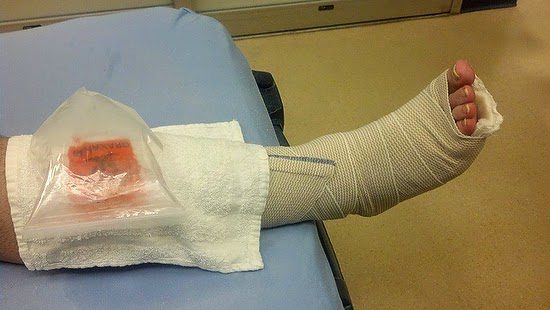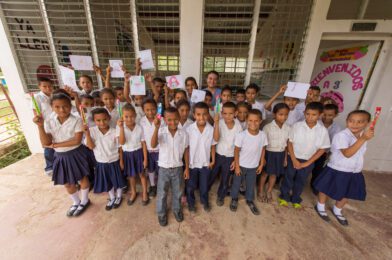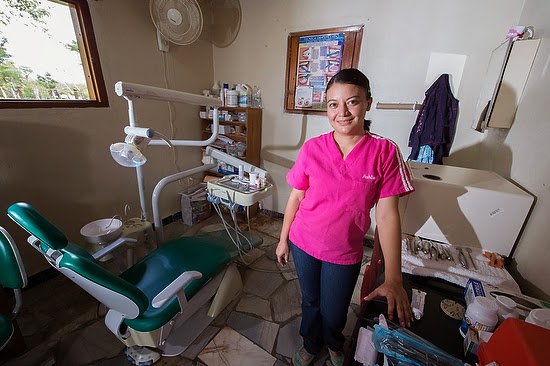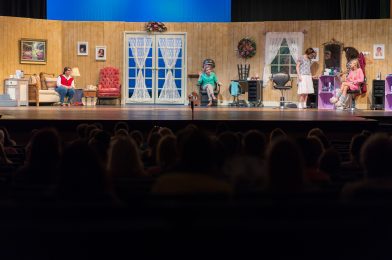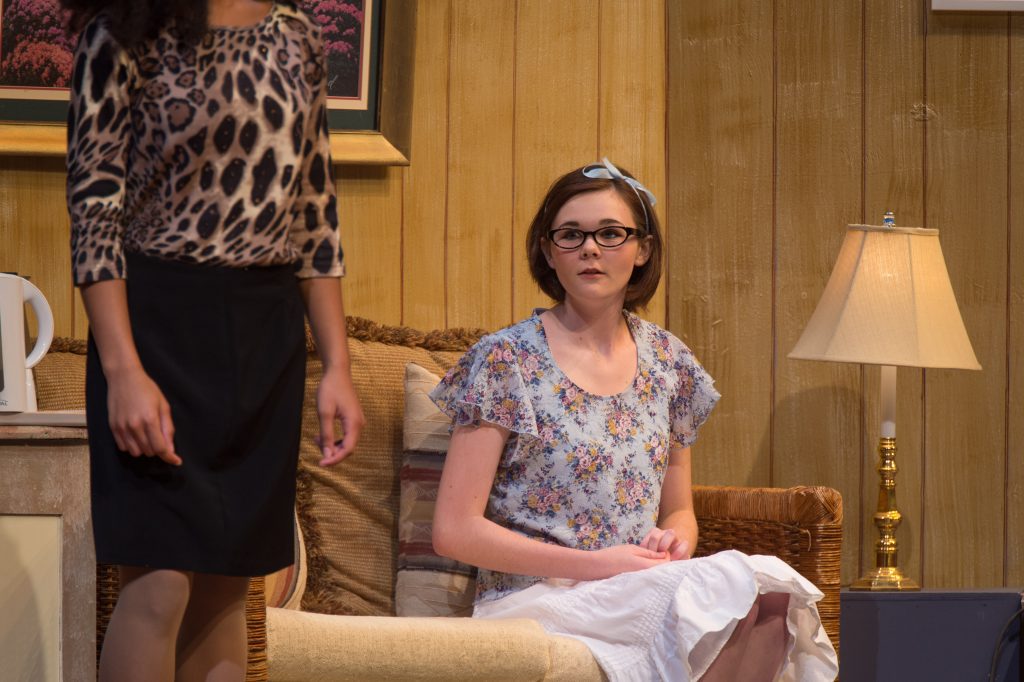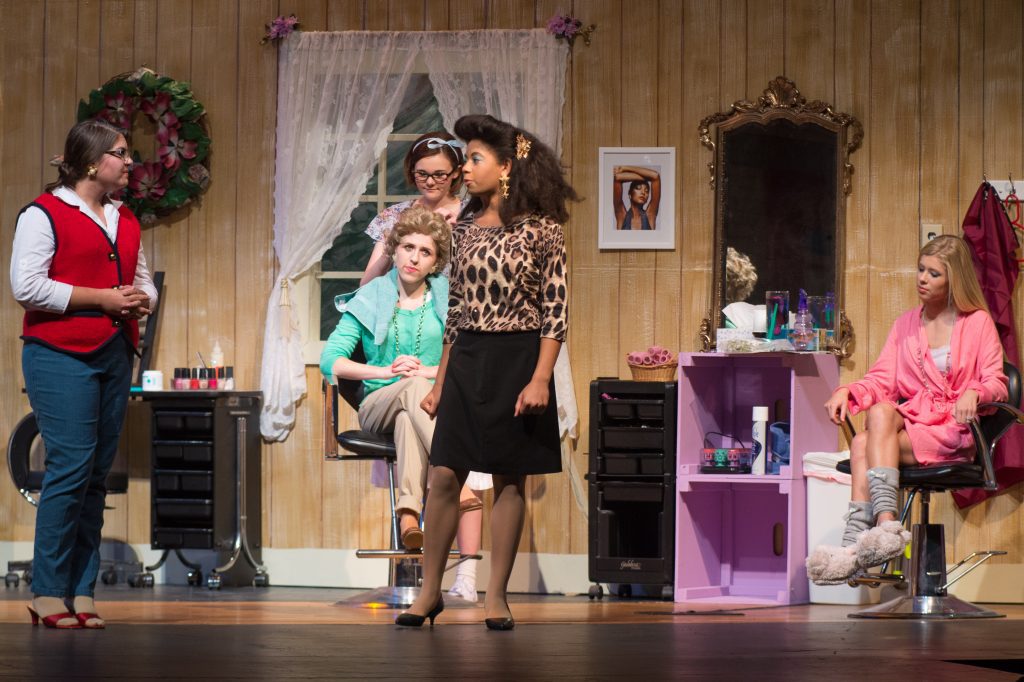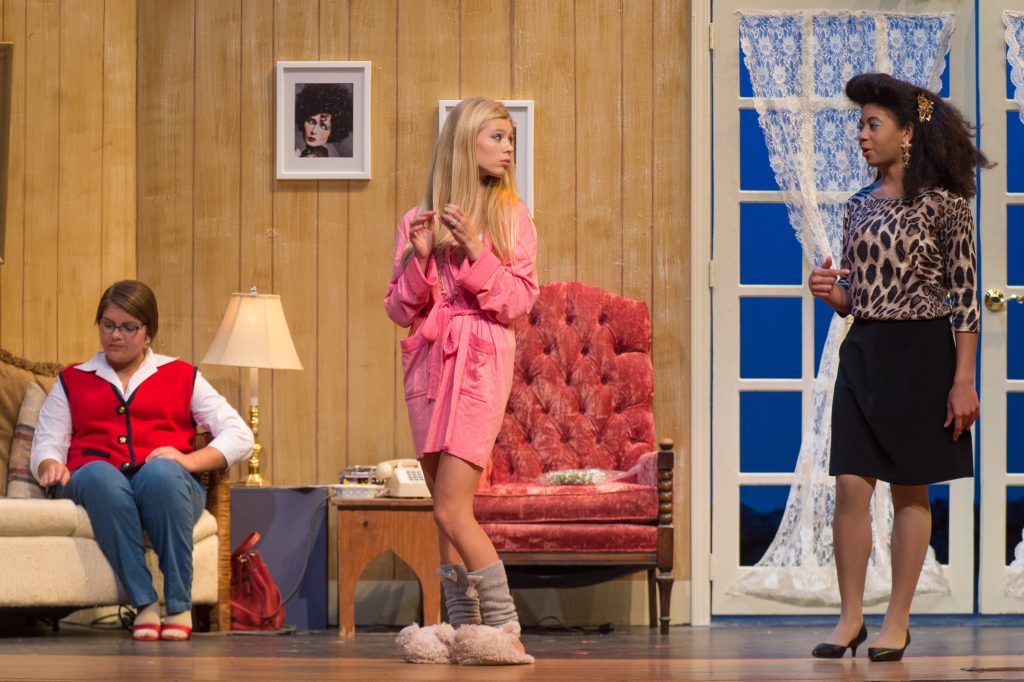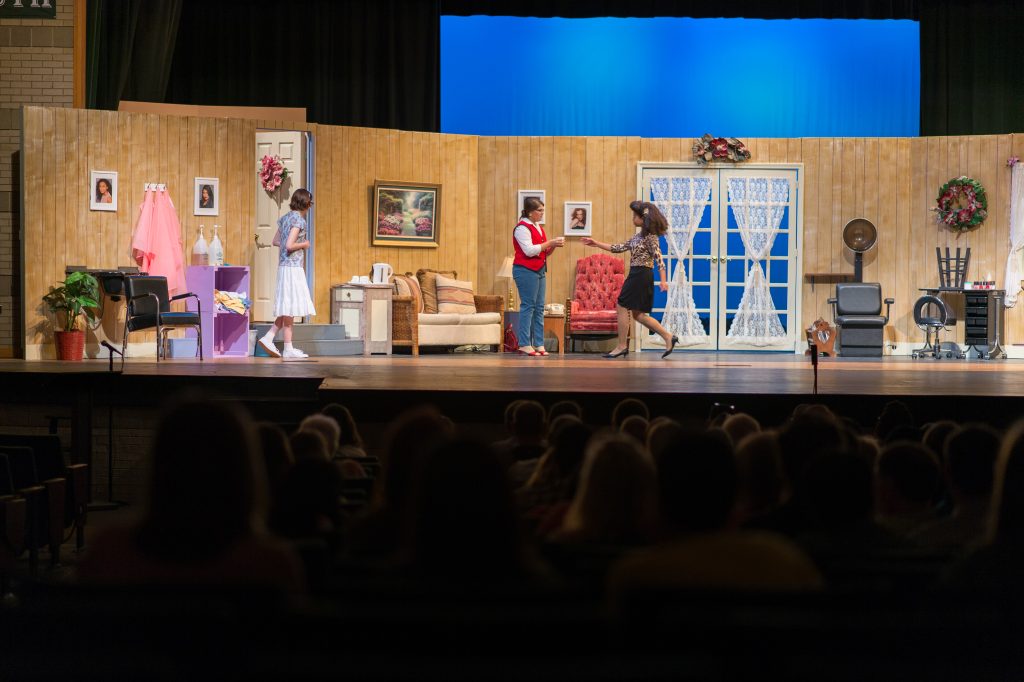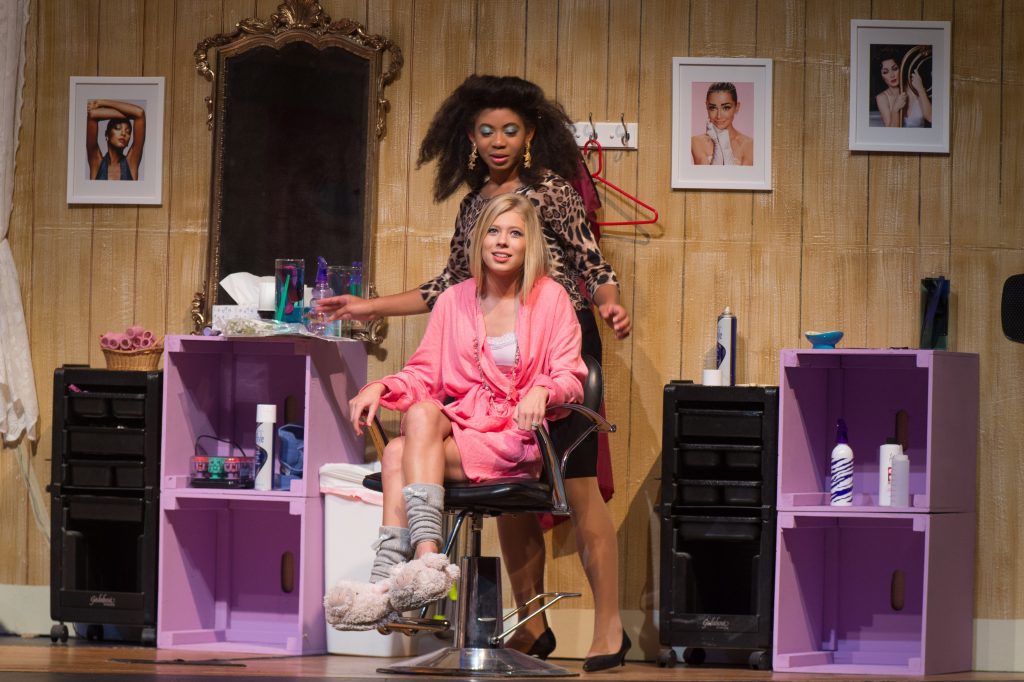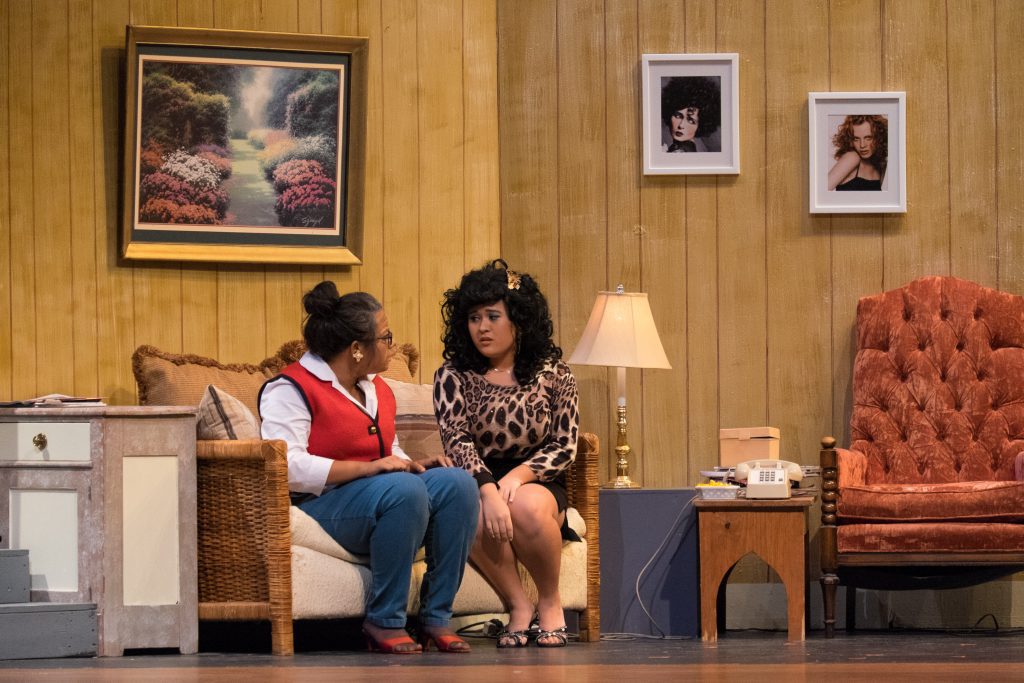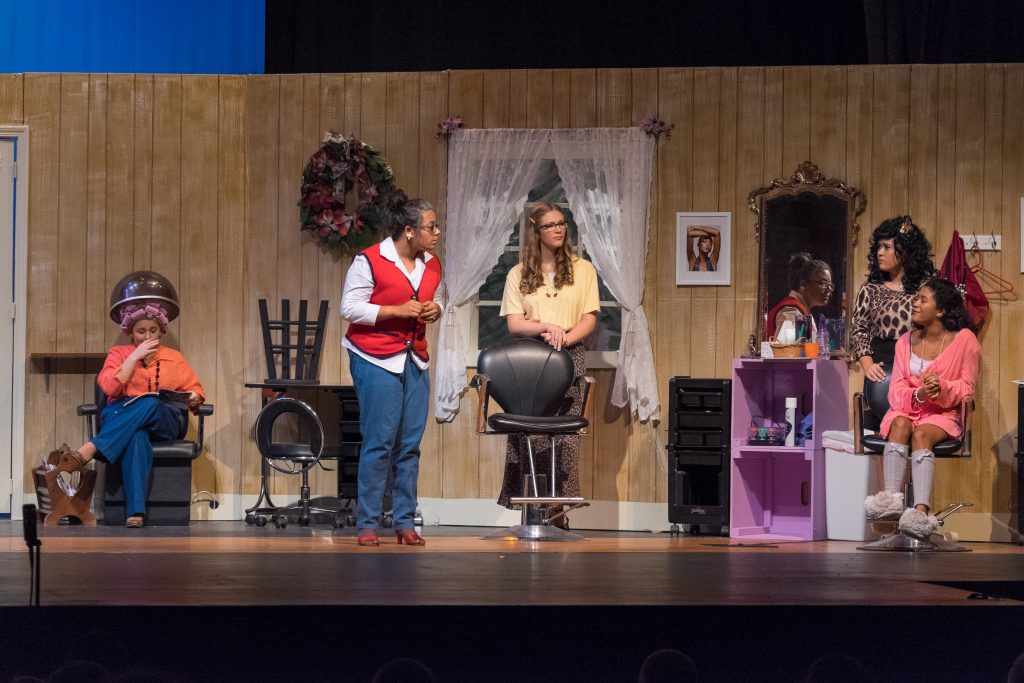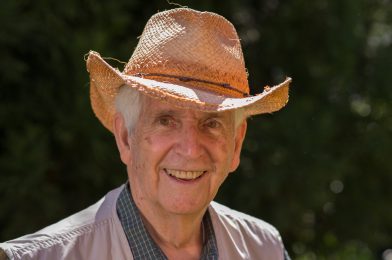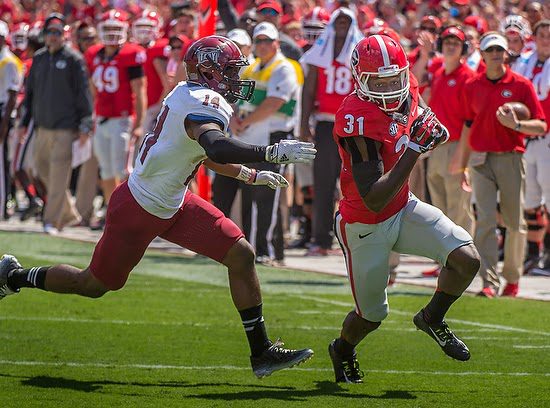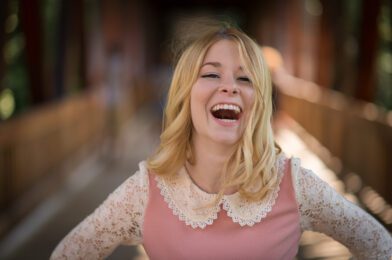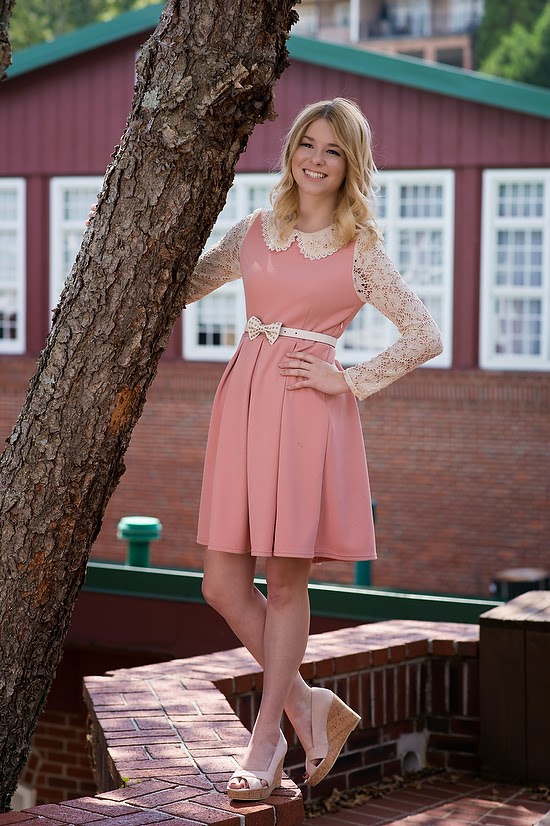I sent this out as my e-newsletter, but I thought I would also post it here.
Nothing throws a monkey wrench into your plans than an accident like mine of breaking my foot yesterday in Charleston.
This trip was supposed to be an excellent weekend for our family in Charleston, SC.
This June, Dorie, my wife, started a one-year Clinical Pastoral Education working as a Chaplain at the VA Hospital in Atlanta, GA.
She missed out on going to the beach with my parents, sisters, and their families this past summer. The trip was to be a fun weekend. I was supposed to be at The Citadel football game photographing her firing the cannon during the game. Instead, my daughter Chelle will be there in my place.
Besides breaking my foot, the story gets worse. While in the ER, we got a message from Hotwire that our hotel was overbooked. No Hotels were available within the Charleston 25-mile radius. So Hotwire couldn’t find another hotel room.
We had to call AAA, and they found one last room. So now we have been on the phone with Hotwire trying to get them to cover the cost difference. We also bought insurance.
BUT WAIT, THERE’S MORE
When I fell, I not only broke my foot and had bruises in a few other spots; I fell on my Nikon D4 and 28-300mm lens. I broke the lens hood and the filter on the lens. However, the camera appears to be just fine. I have a protective cover on the camera.
I think the lens is not smooth as it was while working—so off to the repair shop.
We did not want to spend all our time in the ER and on the phone finding hotels this weekend—we were here to celebrate.
I guess you can see I am in the middle of the story of my life these past few days.
GUIDE/RESOURCE
When I fell, one of the Citadel parents rushed to take care of me. He was a trainer for many years in the NFL. He was checking me out. Someone ran and brought a bag of ice for me. The cadets got a golf cart to take me to my car. Most importantly, my daughter Chelle and my wife Dorie responded and cared for me in many ways.
At first, I thought it was just a bad sprain and only later went to the ER to rule out the break.
Where is this story going, you might be asking?
 |
| Fuji X-E2, Fujinon XF 18-55mm, ISO 1000, ƒ/9, 1/500 |
I took this photo this week on my trip to Honduras. We stopped to get gas, and this soccer team was all in a pickup truck, and I rushed to get the photo. They are what we call a team. It is a small community. You know because you all can see you belong to each other when you wear the uniform.
We also are all part of the community.
Do you desire a community as much as I do? I am guessing you, too, like to walk into places and feel like Norm on the TV show Cheers, where everyone greeted him with his name “Norm.”
I just loved this song, and even though the show is no longer on TV, the lyrics to this song do touch on the concept of the importance of community. In case you are too young to remember the show, here are the lyrics:
Making your way in the world today takes everything you’ve got.
Taking a break from all your worries, sure would help a lot.
Wouldn’t you like to get away?
Sometimes you want to go
Where everybody knows your name,
and they’re always glad you came.
You wanna be where you can see,
our troubles are all the same
You wanna be where everybody knows
Your name.
You wanna go where people know,
people are all the same,
You wanna go where everybody knows
your name.
I want to tell you some key things I have discovered to help you find your community. Your community is where you will find your Guides and Resources to help you with your life story.
 |
| Fuji X-E2, Fujinon XF 18-55mm, ISO 400, ƒ/4, 1/1700 |
You may see something like Tegucigalpa, Honduras, and wonder if this is my community. You may have to start here to establish where you will find your community.
 |
| Fuji X-E2, Fujinon XF 18-55mm, ISO 6400, ƒ/9, 1/35 |
One of the great places I have found to find a community is through houses of worship. This photo is in Santidad Catholic Church in Juticalpa, Honduras, where the community is gathering for worship.
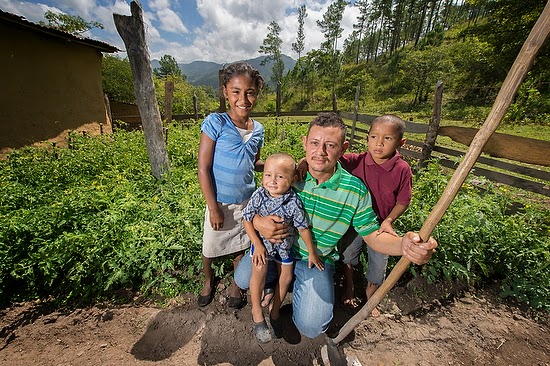 |
| Nikon D4, 14-24mm, ISO 280, ƒ/14, 1/250 |
The first community, most of us, are a part of is our family. Here is Wilfredo Lopez in Cocalico, Olancho, Honduras, a gardener. The community created a seedling garden which then supplied the plants for 16 gardens to help the community’s families. They came together to help solve a nutrition problem in their community.
 |
| Nikon D4, 28-300mm, ISO 1600, ƒ/16, 1/250 |
All animals have this instinct that community is key to survival. So here you can see how the cattle come together as a herd. Here are the cattle at Rancho el Paraíso (Paradise Ranch) that I was staying at in Honduras.
 |
| Nikon D4, 14-24mm, ISO 450, ƒ/8, 1/100 |
“Birds of a feather flock together” is a true statement and will help you find your affinity group.
Find a group that has similar interests to you and join it. Get involved. Support the other people. When someone in the group’s life story does as mine and takes a turn for the worse—take this as an opportunity to build deeper relationships.
 |
| Fuji X-E2, Fujinon XF 18-55mm, ISO 200, ƒ/9, 1/180–pop up fill flash. |
Here is the Northpoint Communities in Atlanta team that was in Honduras while I was there with the writer and executive director. They were there to go into the communities and help prevent diseases by building latrines, pouring concrete floors in the homes where dirt floors existed, and helping put in stoves with chimneys. All three of these tasks saved many lives in the years ahead.
While they were giving, they talked each night about how much they were receiving by giving.
 |
| Fuji X-E2, Fujinon XF 18-55mm, ISO 2500, ƒ/11, 1/500 |
Even before they went to the villages, they bonded at the hotel the night before work.
This weekend my wife and daughter have loved and supported me. I feel bad that I have to be on the receiving end of all their love and attention. I would much rather be healthy and give to them.
This bible verse sums up how wonderful my wife is to me. I am truly a blessed man.
Proverbs 31:10-31
In Praise of a Good Wife
A perfect wife is the most precious treasure a man can find! Her husband depends on her, and she never lets him down. She is good to him every day of her life, [Click here to read more]
UPDATE:
The lens is off to Nikon for repair, and I met with an Orthopedist this morning.
I am rejoicing because I didn’t have to have surgery and have a boot that I can walk in. The only thing slowing me down the next few weeks is orders from the Dr not to drive.


